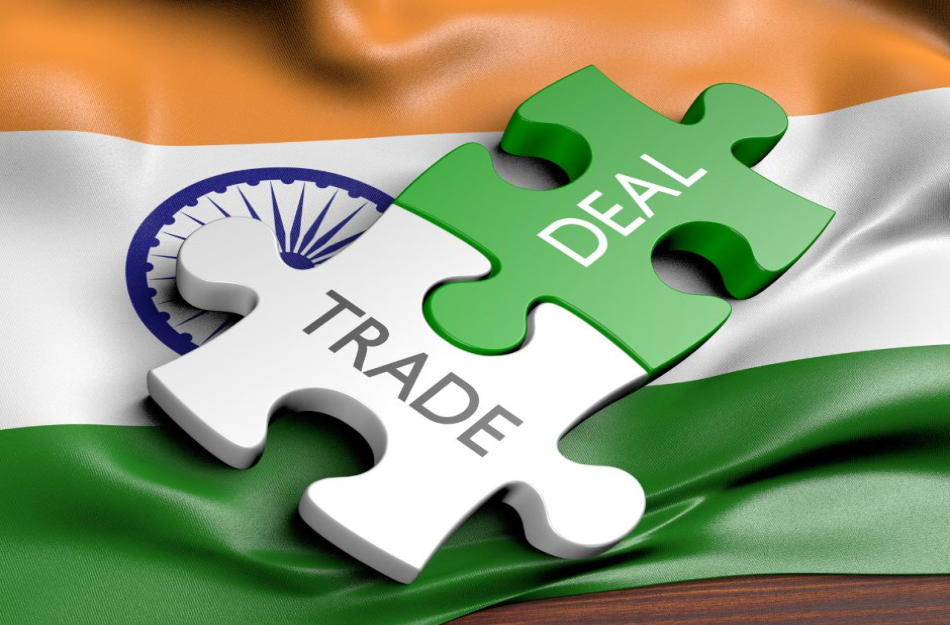
Aizen
Previewing India's Trade Scene: A Glimpse into December 2022
The December 2022 foreign trade report provides a comprehensive view of India's trade performance, presenting a combined analysis of merchandise and services. The landscape reveals notable trends:
Export Growth:
India's overall exports, encompassing both Merchandise and Services from April to December 2022, are anticipated to demonstrate a substantial positive growth of 16.11% compared to the same period in 2021. However, December 2022 witnessed a decline of (-) 5.26% in exports compared to December 2021.
Import Dynamics:
Despite robust domestic demand amidst global economic challenges, overall imports during April-December 2022 are estimated to have increased by 25.55% compared to the corresponding period in 2021. Nonetheless, December 2022 exhibited a negative growth rate of (-) 1.95% in imports compared to December 2021.
December 2022 Trade Figures (USD Billion):
Key Insights:
Merchandise Trade:
Between April and December 2022, merchandise exports surged to USD 332.76 Billion, while imports rose to USD 551.70 Billion, resulting in a trade deficit of USD 218.94 Billion.
Non-Petroleum and Gems & Jewellery Trade: In December 2022, non-petroleum exports were recorded at USD 27.00 Billion, with imports totaling USD 36.93 Billion, excluding petroleum and gems & jewellery.
Services Trade:
The services sector displayed consistent growth, with services exports reaching USD 27.34 Billion in December 2022 and services imports totaling USD 15.56 Billion.
Sectoral Performance:
Varied sectors exhibited divergent growth trajectories. Sectors such as Iron Ore, Electronic Goods, and Oil Meals experienced notable export growth. Conversely, challenges persisted in sectors like Textiles due to escalating raw material costs and recessionary trends in major economies.
Economic Outlook:
India, amid resilient economic growth in the initial half of the fiscal year, faces forecasts hinting at a potential global economic slowdown. Despite challenges posed by a high base effect from the previous year's record exports, India maintains cautious optimism regarding international trade prospects in the fiscal year's final quarter.
Indian Foreign Trade Overview:
India, once a protectionist state, has progressively opened up to international trade, constituting 45.3% of the country's GDP. Major exports encompass petroleum oils, diamonds, medicaments, jewelry, and rice, while imports primarily include petroleum oils, gold, diamonds, solid fuels, and gaseous hydrocarbons. IMF forecasts indicate a 3.9% growth in goods and services exports in 2022, projected to rise further by 4.9% in 2023, while imports grew by 10.1% in 2022 and are expected to increase by 7.2% in 2023.
Key Trade Partners and Engagements:
Key trade partners for India include the United States, China, UAE, Switzerland, Saudi Arabia, Bangladesh, and Hong Kong. Recent free trade agreements with South Korea and ASEAN, along with ongoing negotiations with EU, MERCOSUR, Australia, New Zealand, and South Africa, underscore India's active global trade engagements.
Trade Deficit Trends:
In 2021, India recorded USD 395 billion in goods exports against USD 572 billion in imports, resulting in a trade deficit of USD 176 billion. The services sector saw an export of USD 240 billion against imports of USD 195 billion, reducing the overall trade deficit to USD 74 billion as per WTO data.
Foreign Trade Forecasts and Indicators:
Forecasted data suggests an anticipated increase in the volume of exports and imports of goods and services for the coming years, as outlined in the tables and forecasts provided.
Source and Methodology:
Data sources include the World Trade Organisation (WTO), World Bank, IMF, and Comtrade, among others, with estimations noted where relevant.
International Economic Cooperation and Membership:
India actively participates in various international economic organizations, including IMF, SAARC, ASEAN (as a dialogue partner), ICC, Colombo Plan, Commonwealth, G-15, G-20, G-24, G-77, and WTO, among others. The complete list of India's international organization memberships can be found through the provided link.
Free Trade Agreements and Key Partner Countries:
India's engagement in free trade agreements is highlighted, along with a breakdown of main customer and supplier countries, emphasizing India's trade diversification.
Product and Service Insights:
A breakdown of major exported and imported products and services, along with their percentages, illustrates India's trade composition.
Exchange Rate and Monetary Indicators:
Information regarding India's exchange rate system, currency stability, and exchange rates as of November 21, 2023, are detailed, showcasing the currency's position among emerging market currencies.
Monetary Indicators:
Average annual exchange rates for the Indian Rupee are outlined from 2016 to 2020, sourced from the World Bank's latest available data.
Data Sources and Updates:
All data provided is based on the latest available information from various reliable sources, as specified in the article.